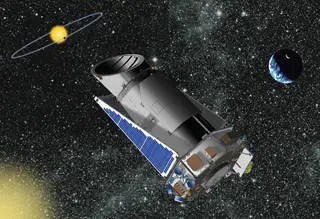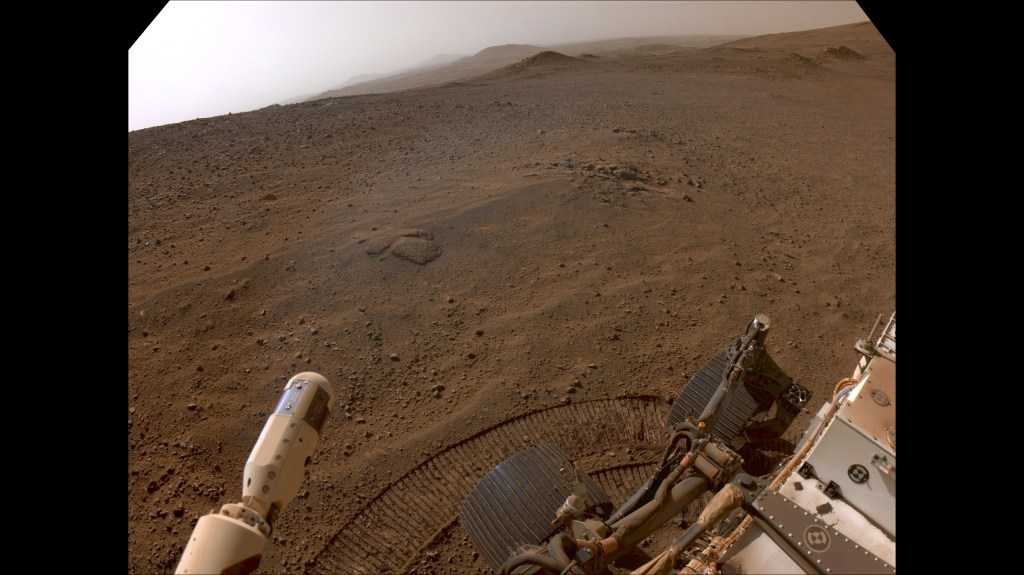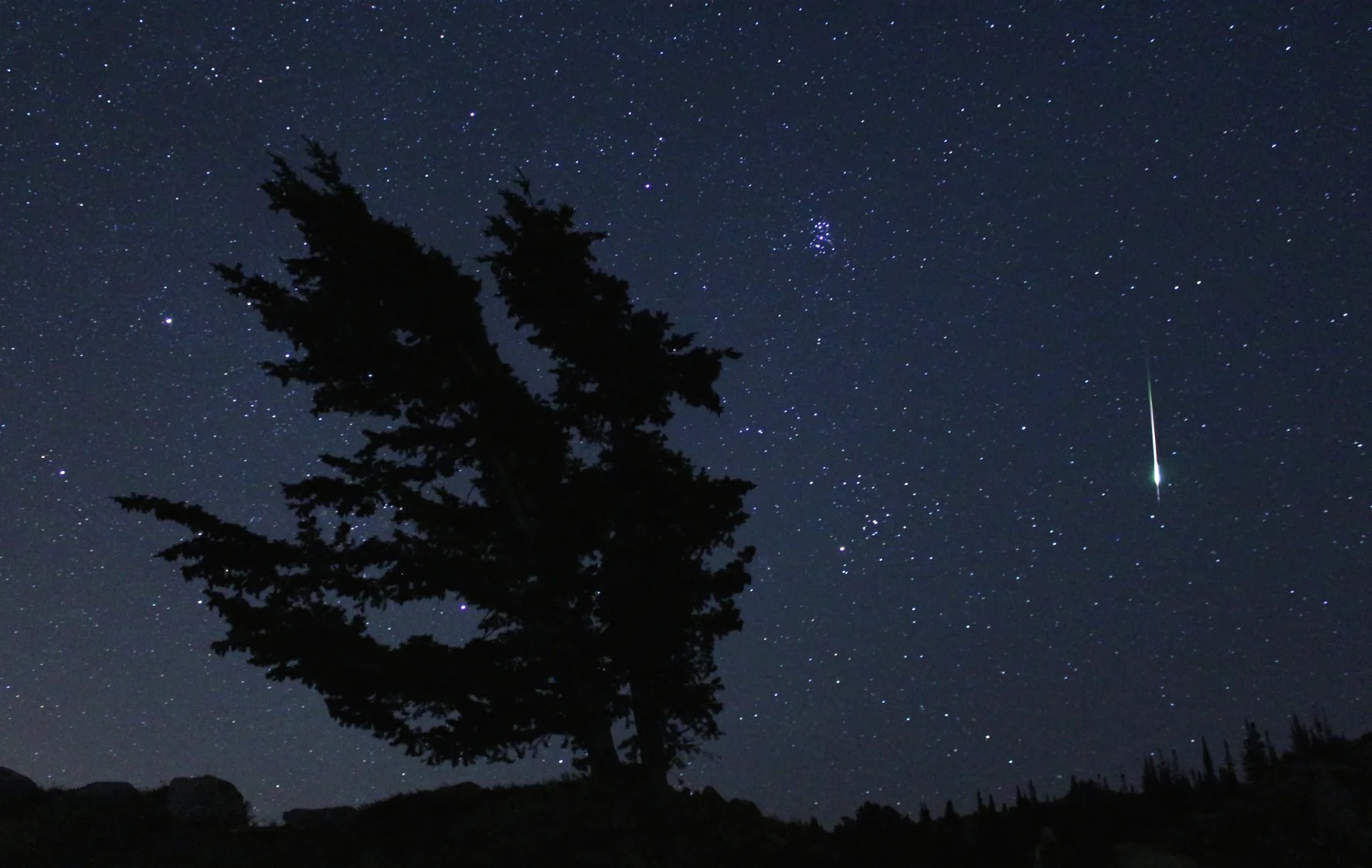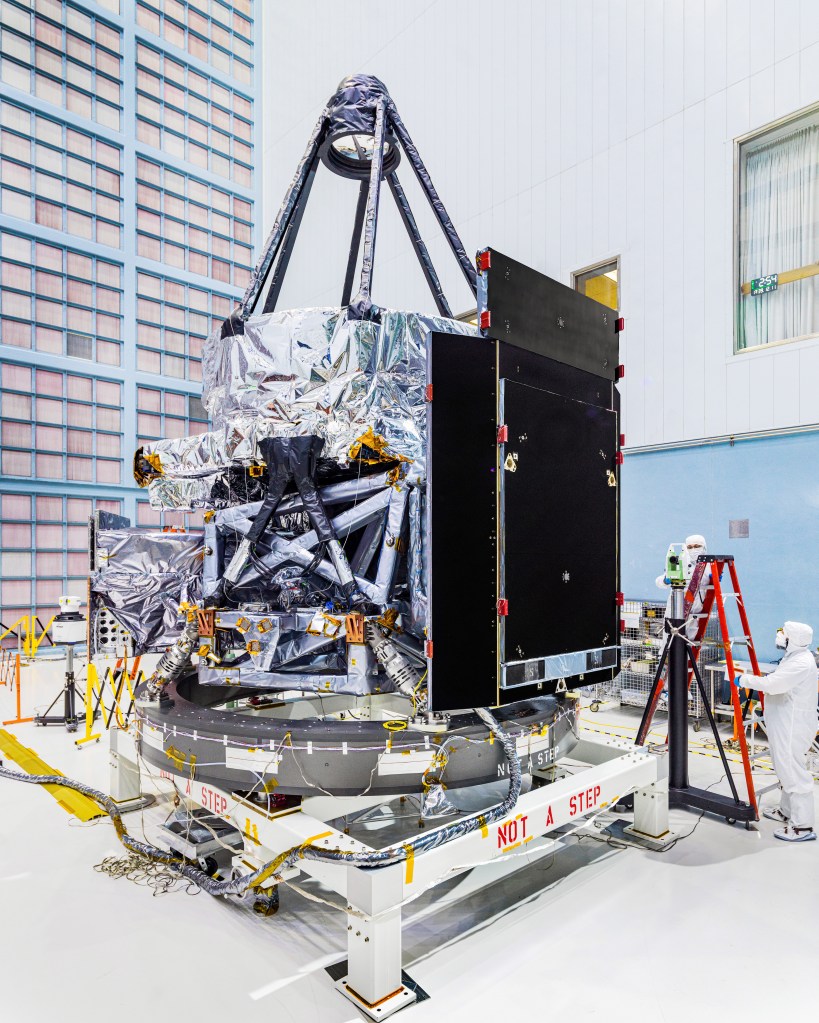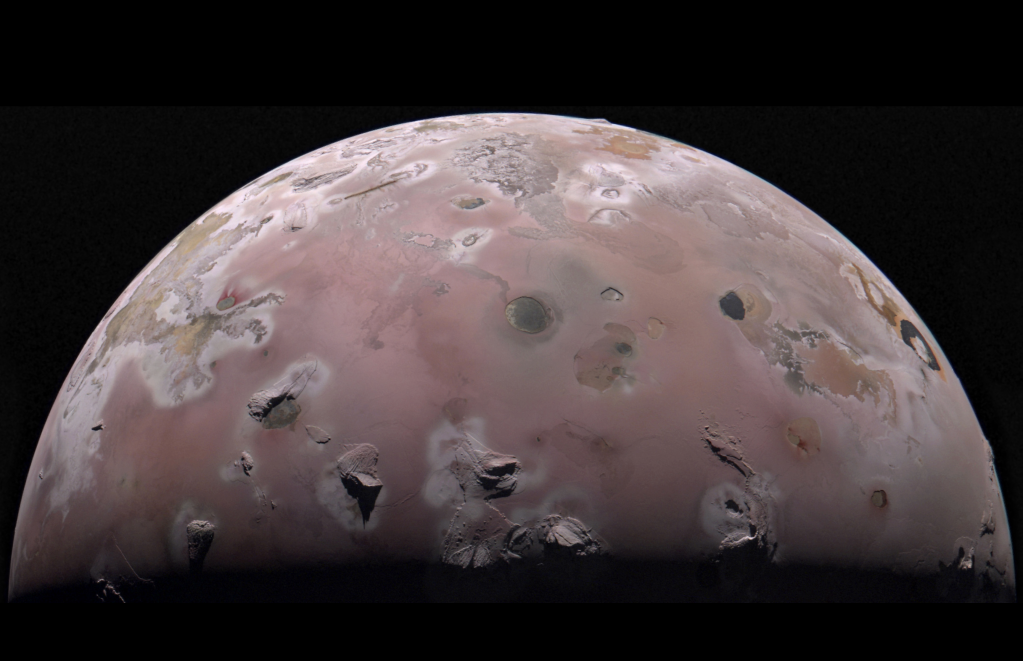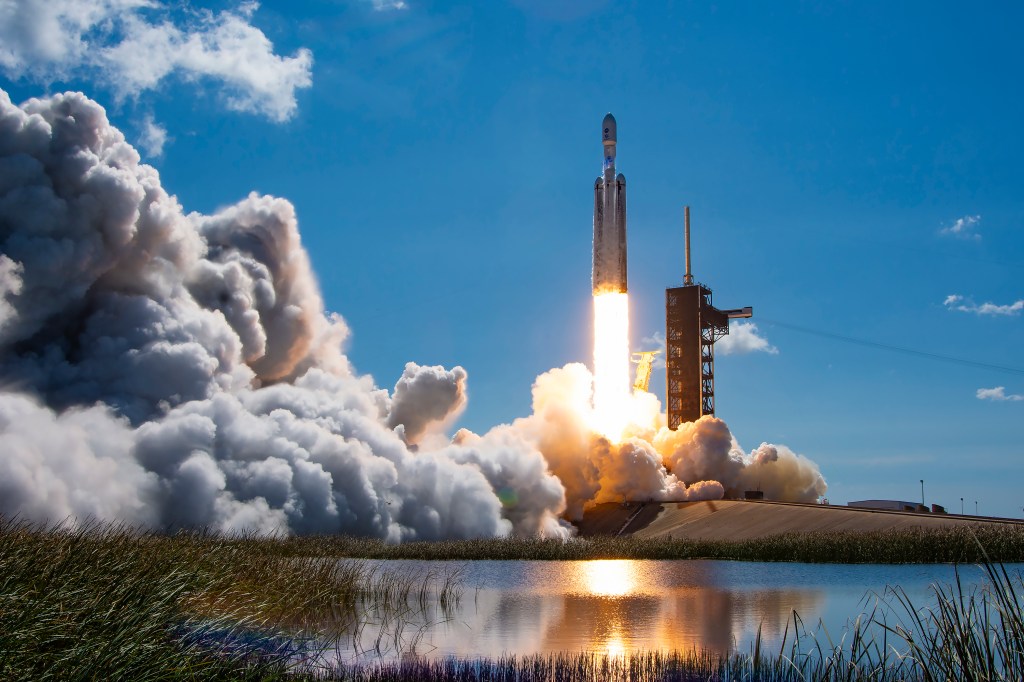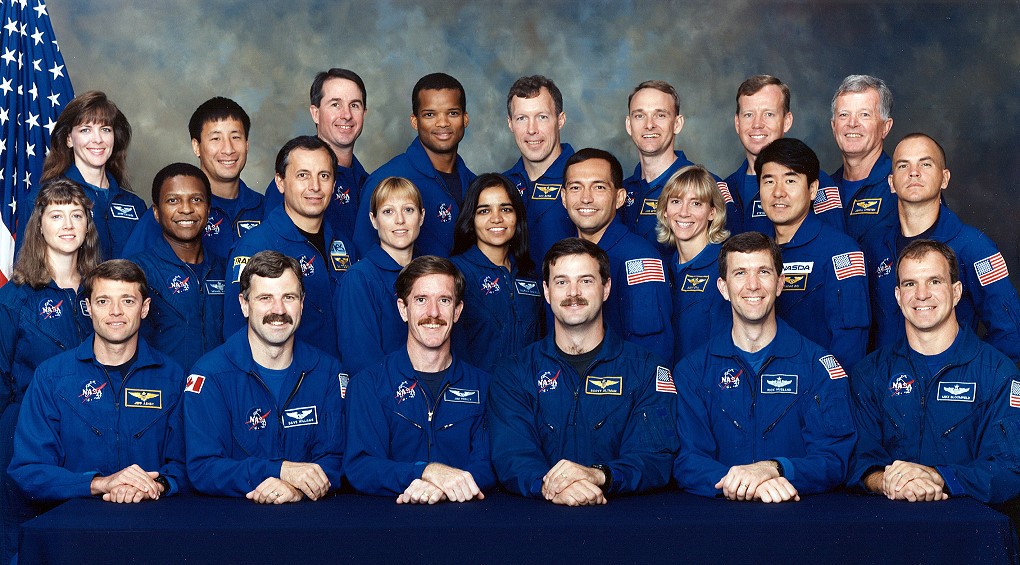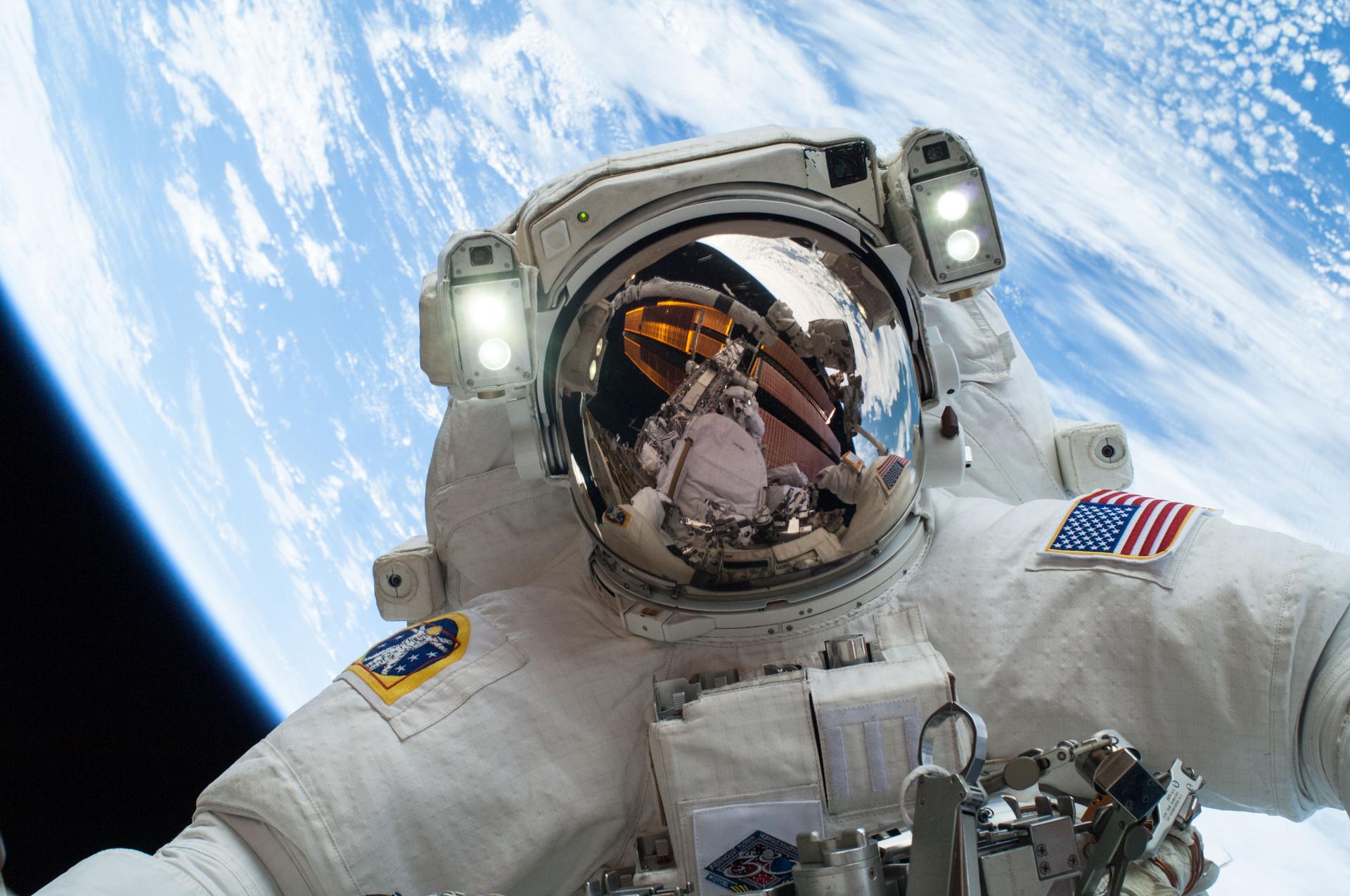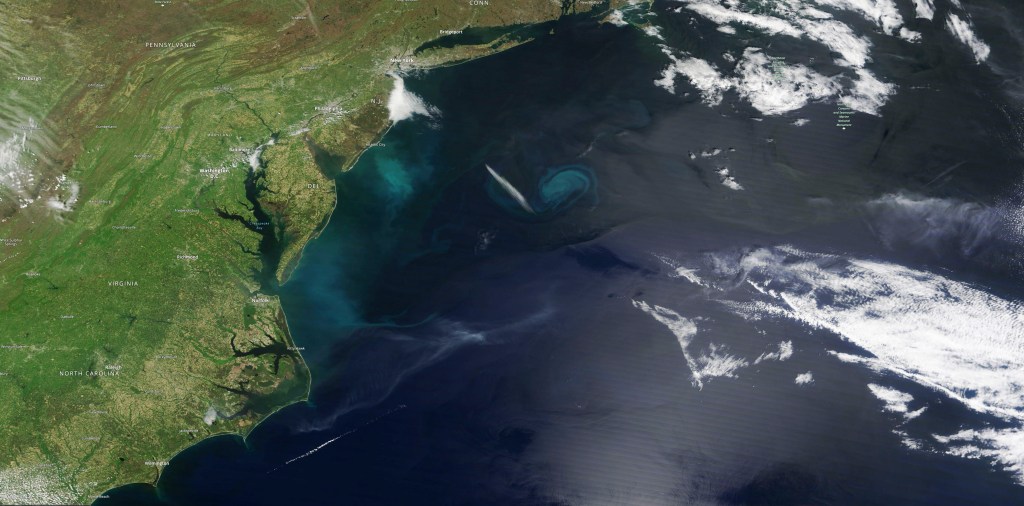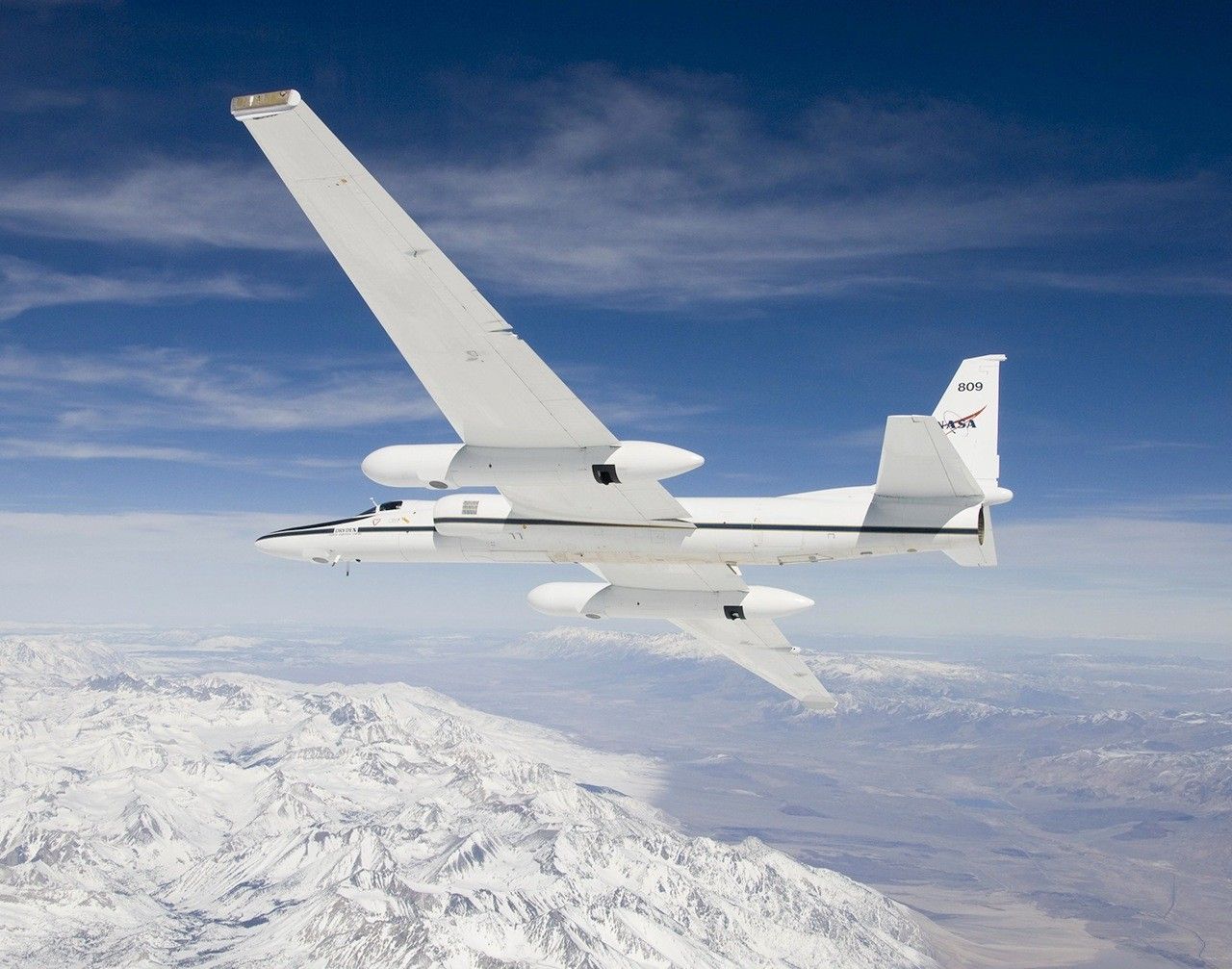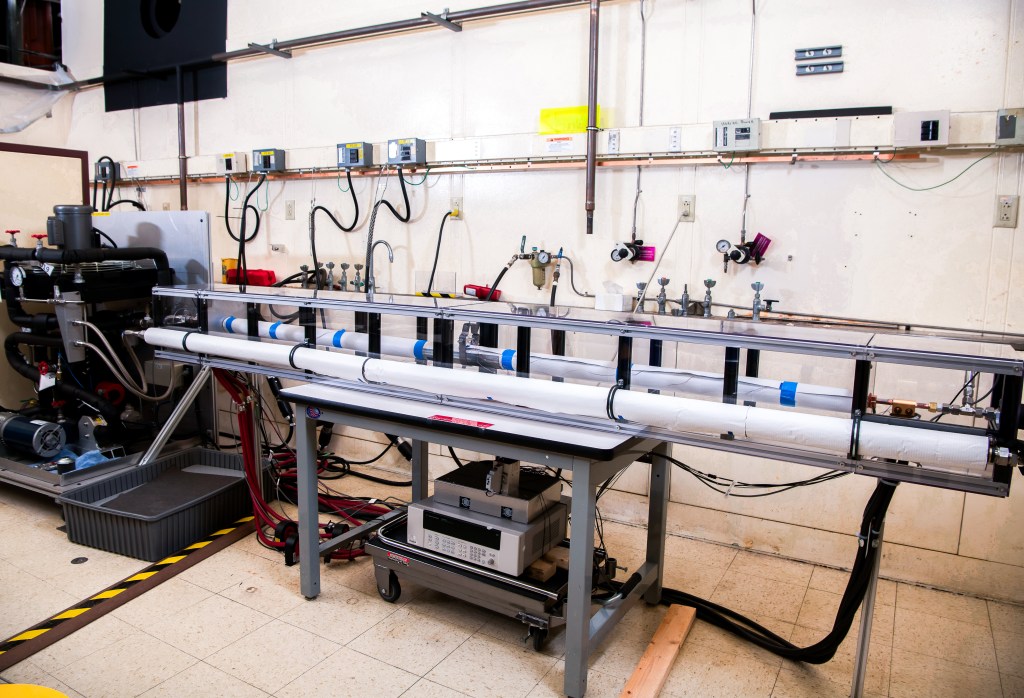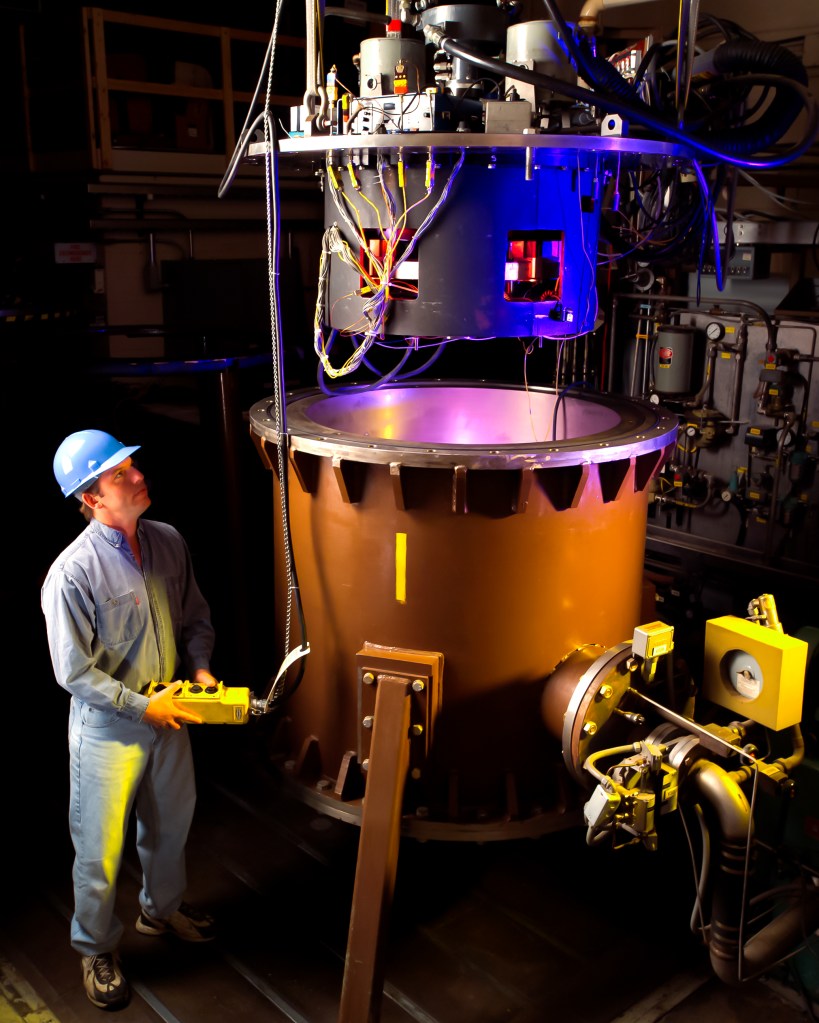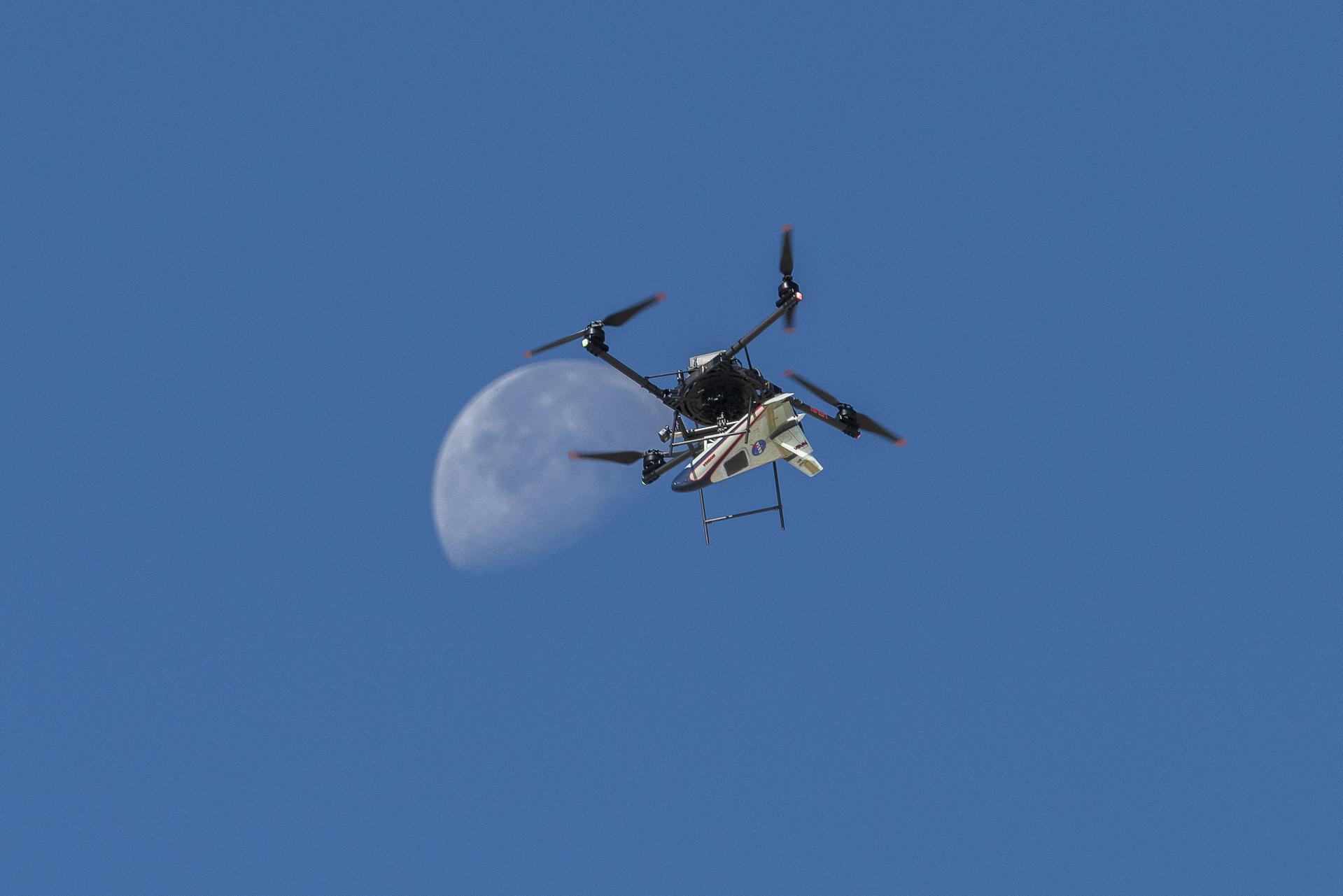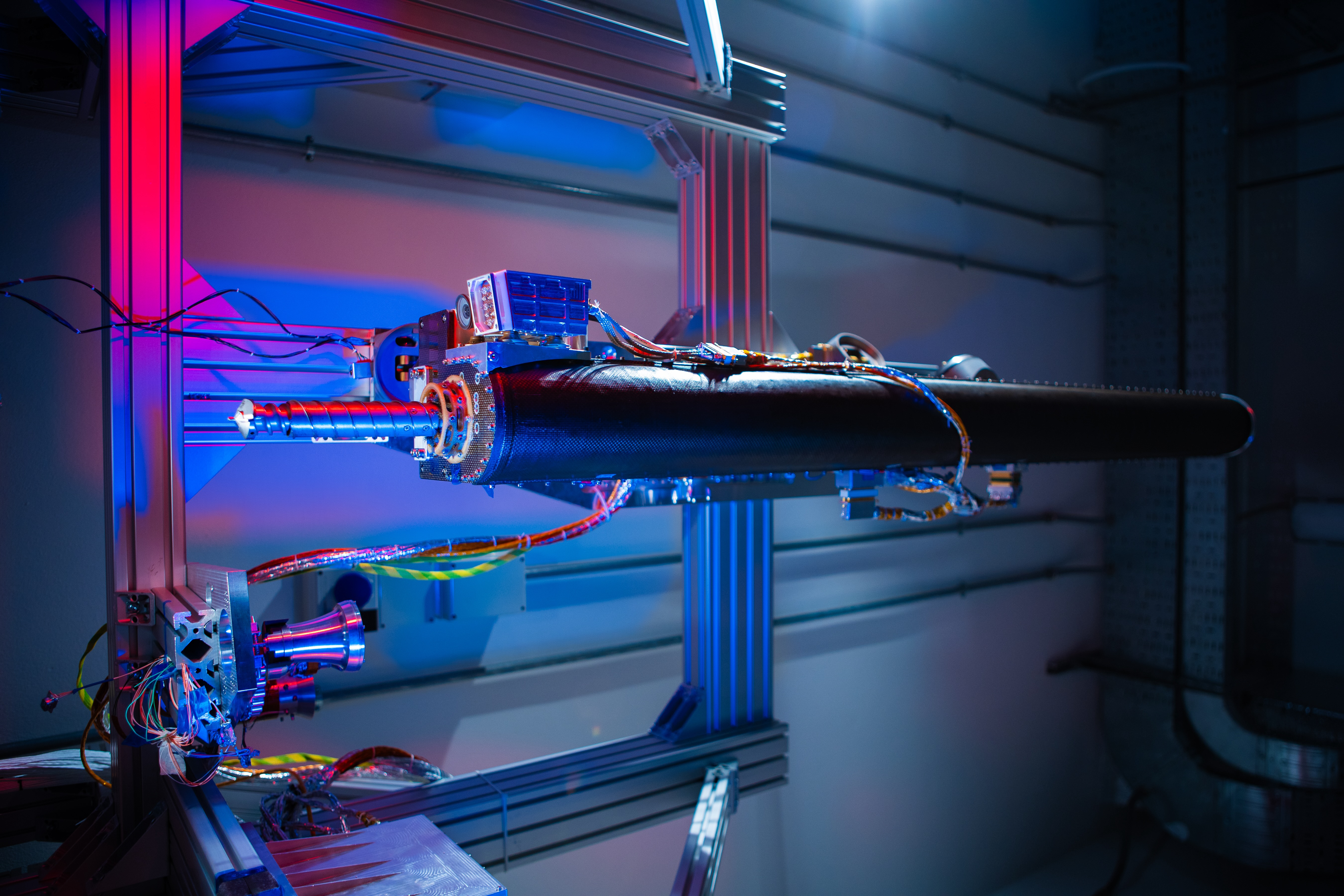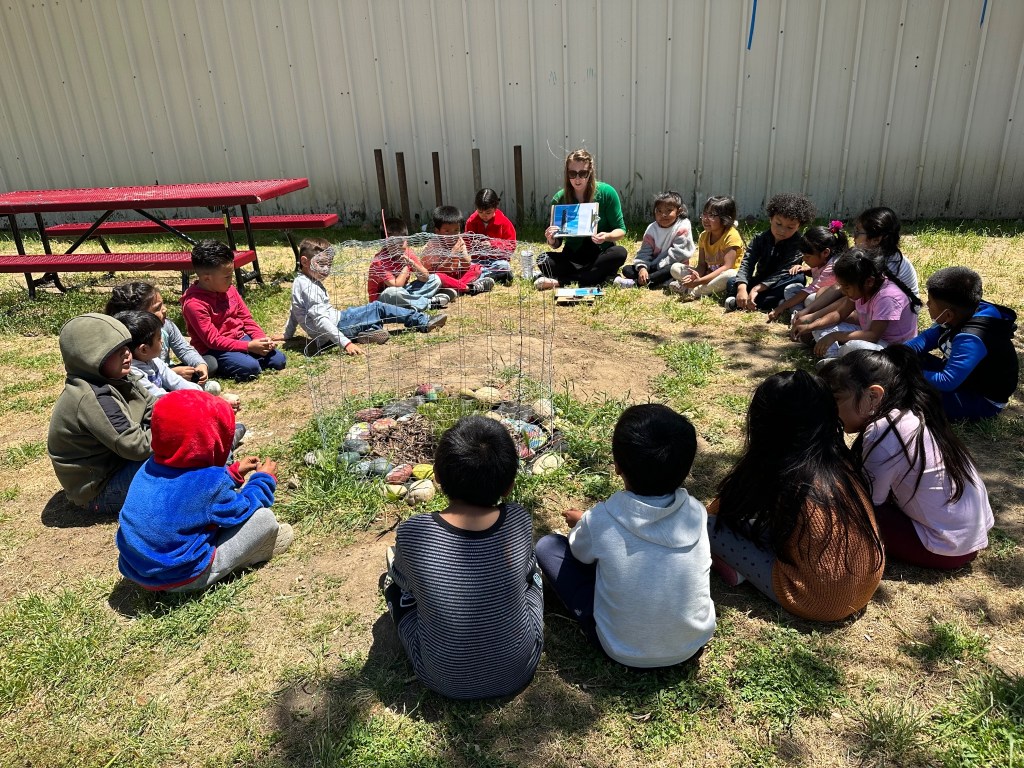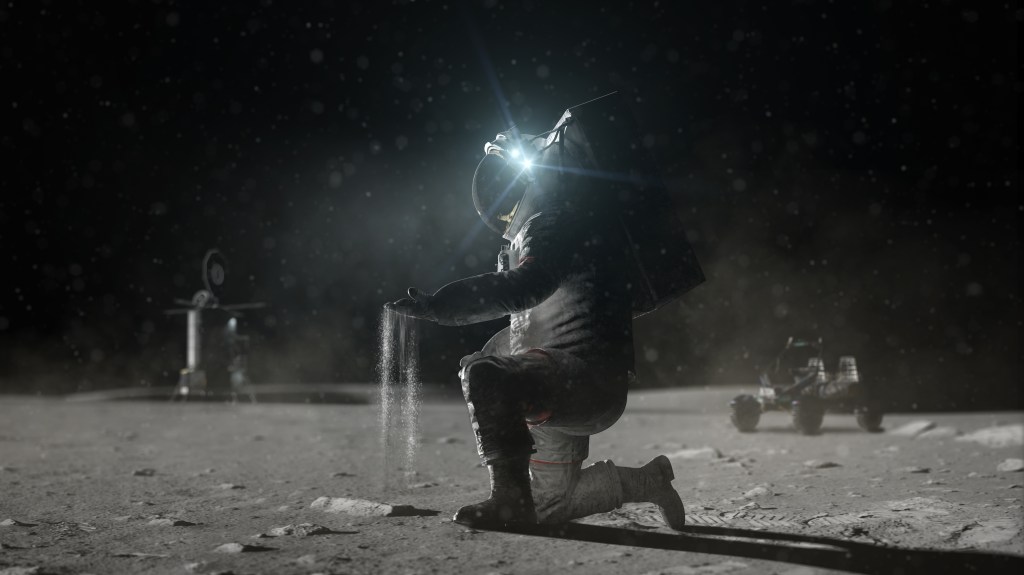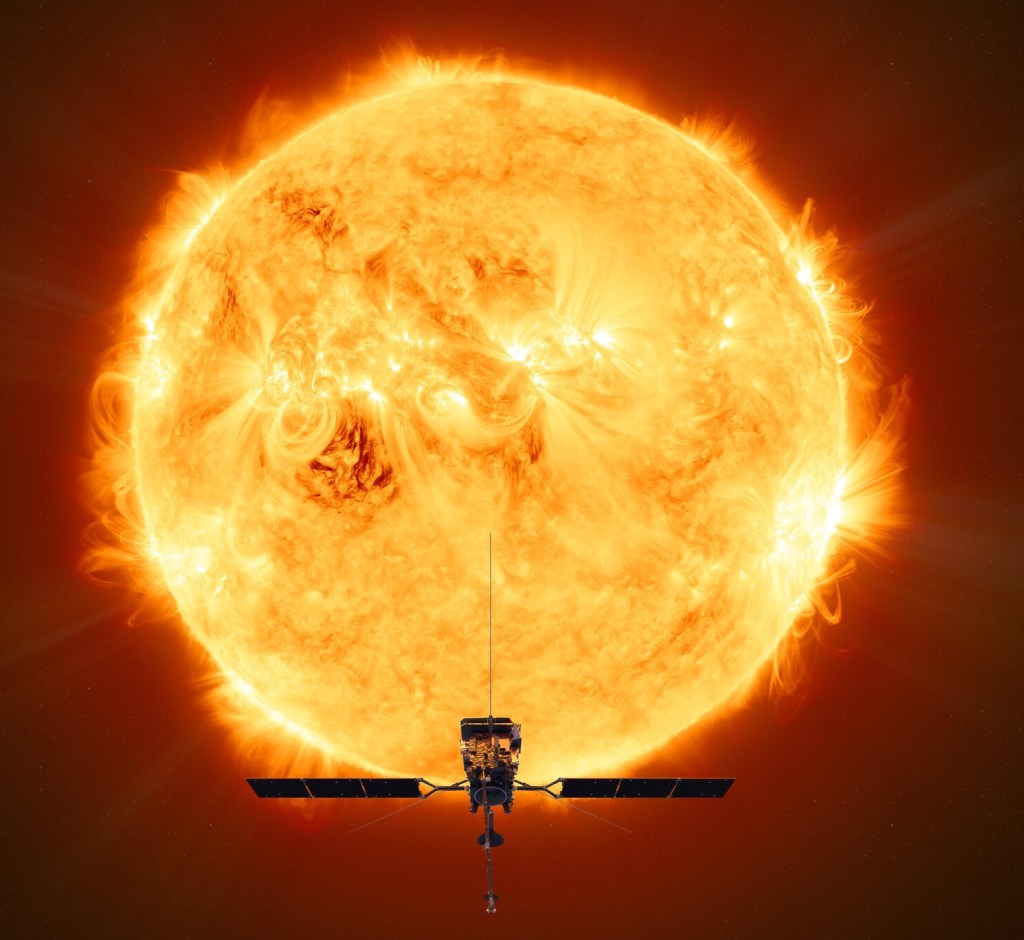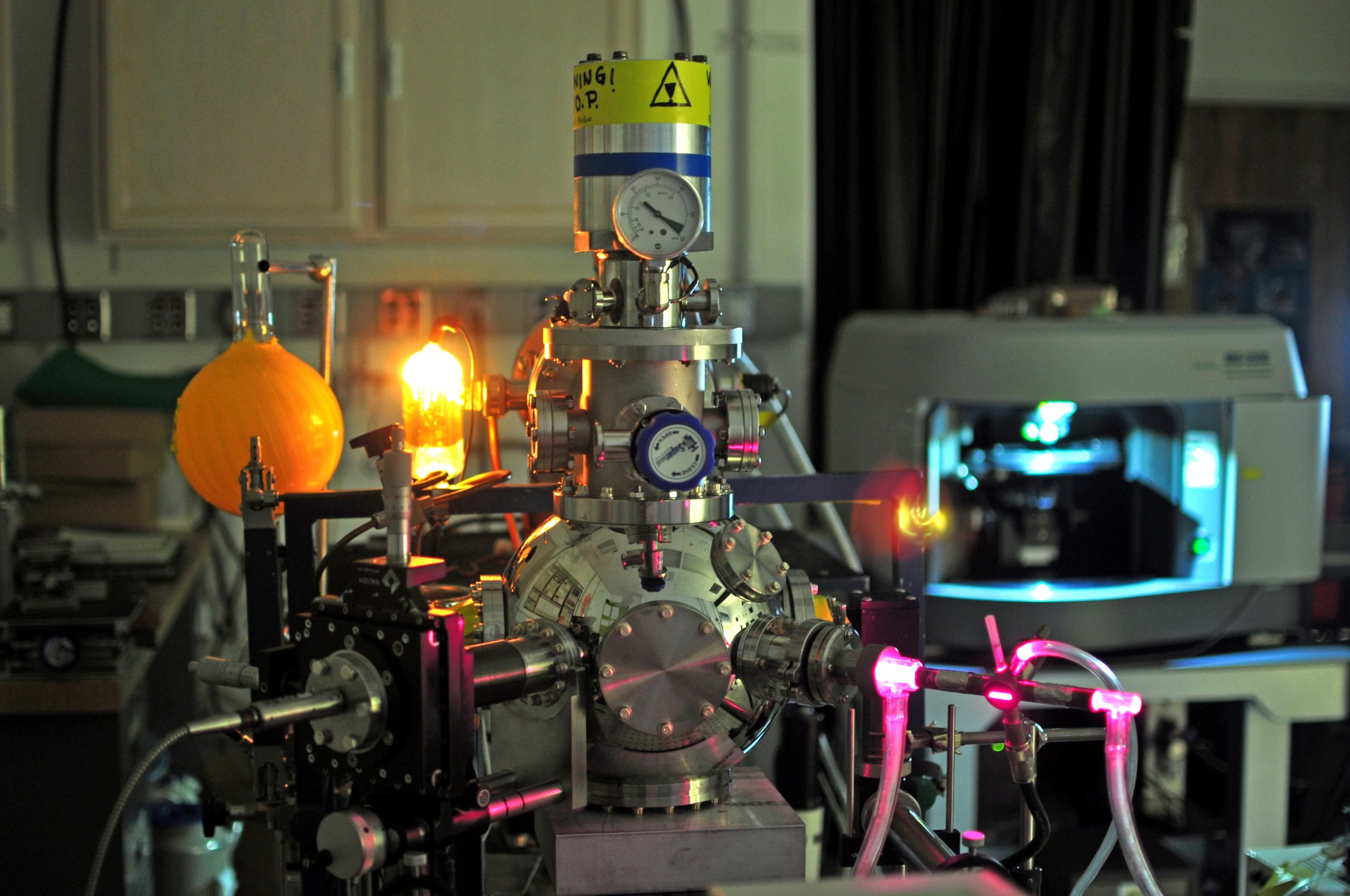The Division’s scientific breadth and depth provide the Agency with a unique interdisciplinary workforce utilizing multidisciplinary teams of astronomers, astrophysicists, chemists, microbiologists, physicists, and planetary scientists and organized into different research teams:
Mission Participation
Lunar Crater Observation and Sensing Satellite (LCROSS)
We are very proud of Tony Colaprete who is the principal investigator on the LCROSS M(Lunar Crater Observation and Sensing Satellite) that was selected as the Secondary Payload for the LRO mission. LCROSS delivered a 2000 kg impactor that created a plume of lunar ejecta which was observed by multiple Earth and space-based assets. From this mission, we have learned that the Cabeus Crater near the south pole of the Moon contains ice and other volatiles within the permanently shadowed region, and we are learning about the nature of the lunar regolith at this location as well. You can read more about the LCROSS mission at ABC News, Popular Mechanics, Space.com, and Astrobiology at NASA just to name a few.
Learn More About LCROSS about Lunar Crater Observation and Sensing Satellite (LCROSS)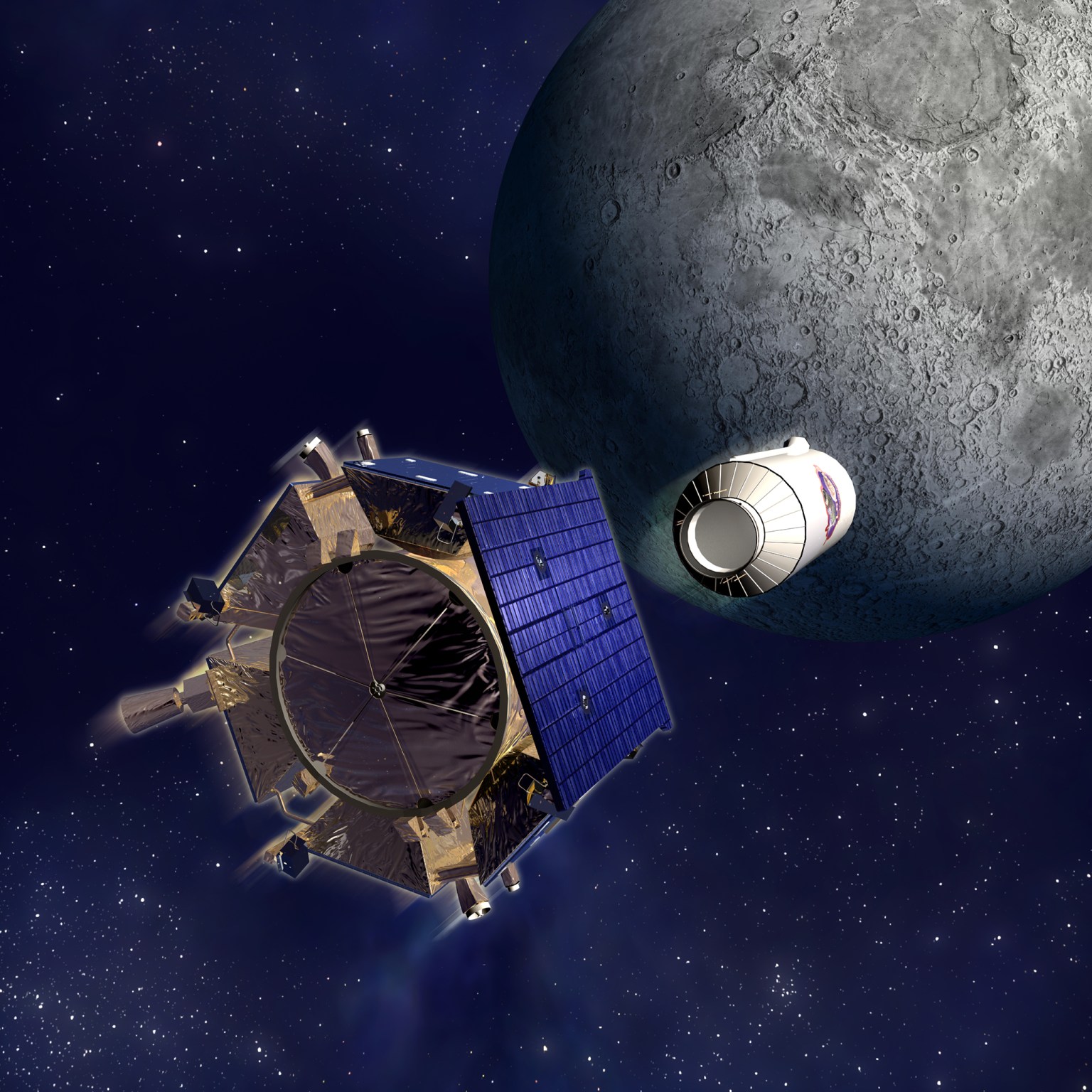
Lunar Atmosphere and Dust Environment Explorer (LADEE)
NASA Ames developed the mission sent to the Moon called LADEE (Lunar Atmosphere and Dust Environment Explorer). LADEE gathered detailed information about conditions near the surface and environmental influences on lunar dust. A thorough understanding of these influences is helping researchers predict how future lunar exploration may shape the moon’s environment and how the environment may affect future explorers. NASA Ames scientist Rick Elphic is the LADEE Project Scientist while Tony Colaprete is the PI for the ultraviolet-visible spectrometer instrument.
Learn More About LADEE about Lunar Atmosphere and Dust Environment Explorer (LADEE)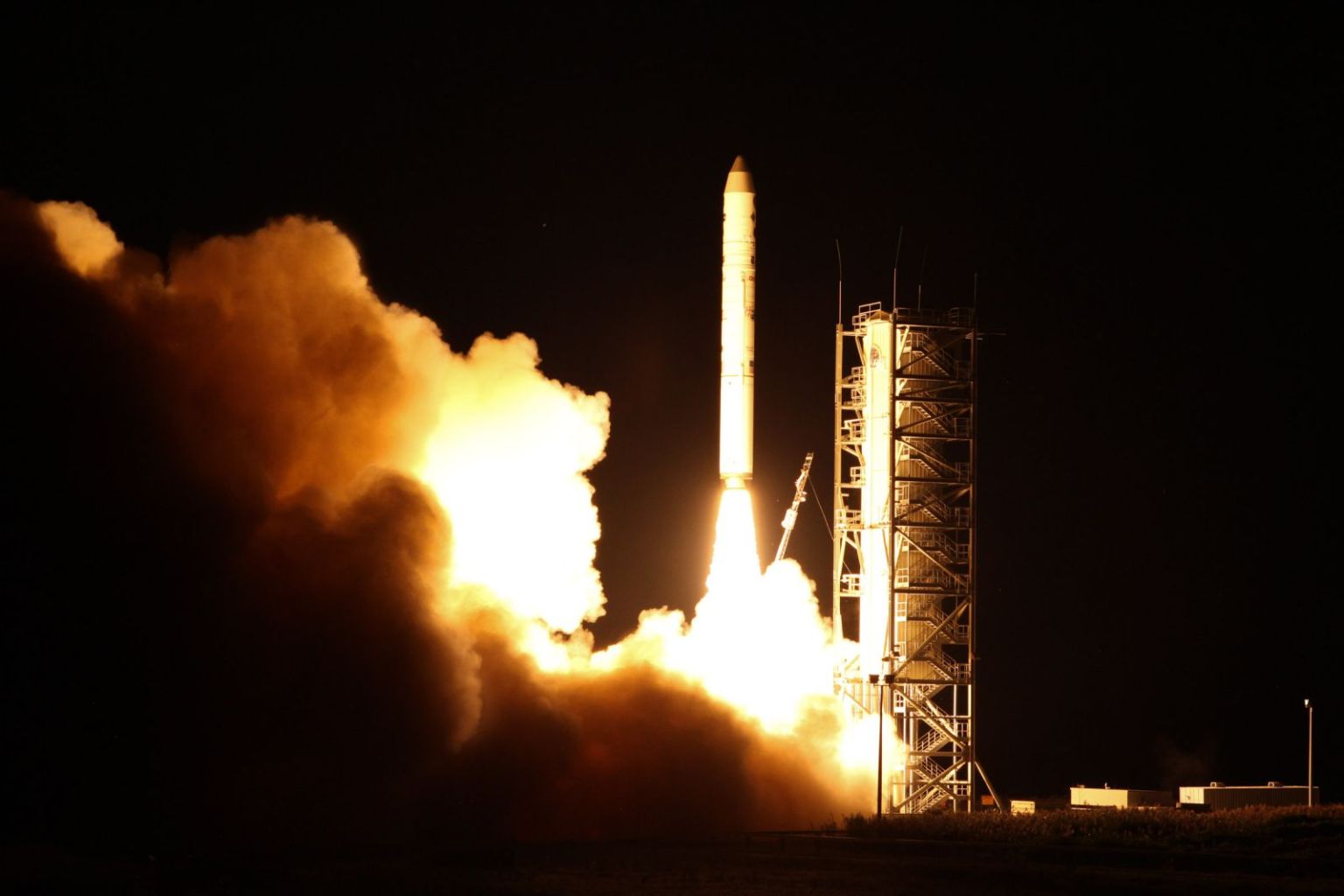
Mars Missions
Members of our Division are co-investigators on a number of missions such as the following:
The Mars Exploration Rovers (MER)
Team members : David Des Marais, Nathalie Cabrol, Jeff Morre
Spirit and Opportunity rovers were identical twin robots that helped rewrite our understanding of the early history of Mars. They landed on Mars on Jan. 3 and Jan. 24, 2004 PST. The rovers were planned as 90-day missions to search for geological clues regarding environmental conditions on early Mars, and assess whether those environments were conducive to life.
Learn More About MER about The Mars Exploration Rovers (MER)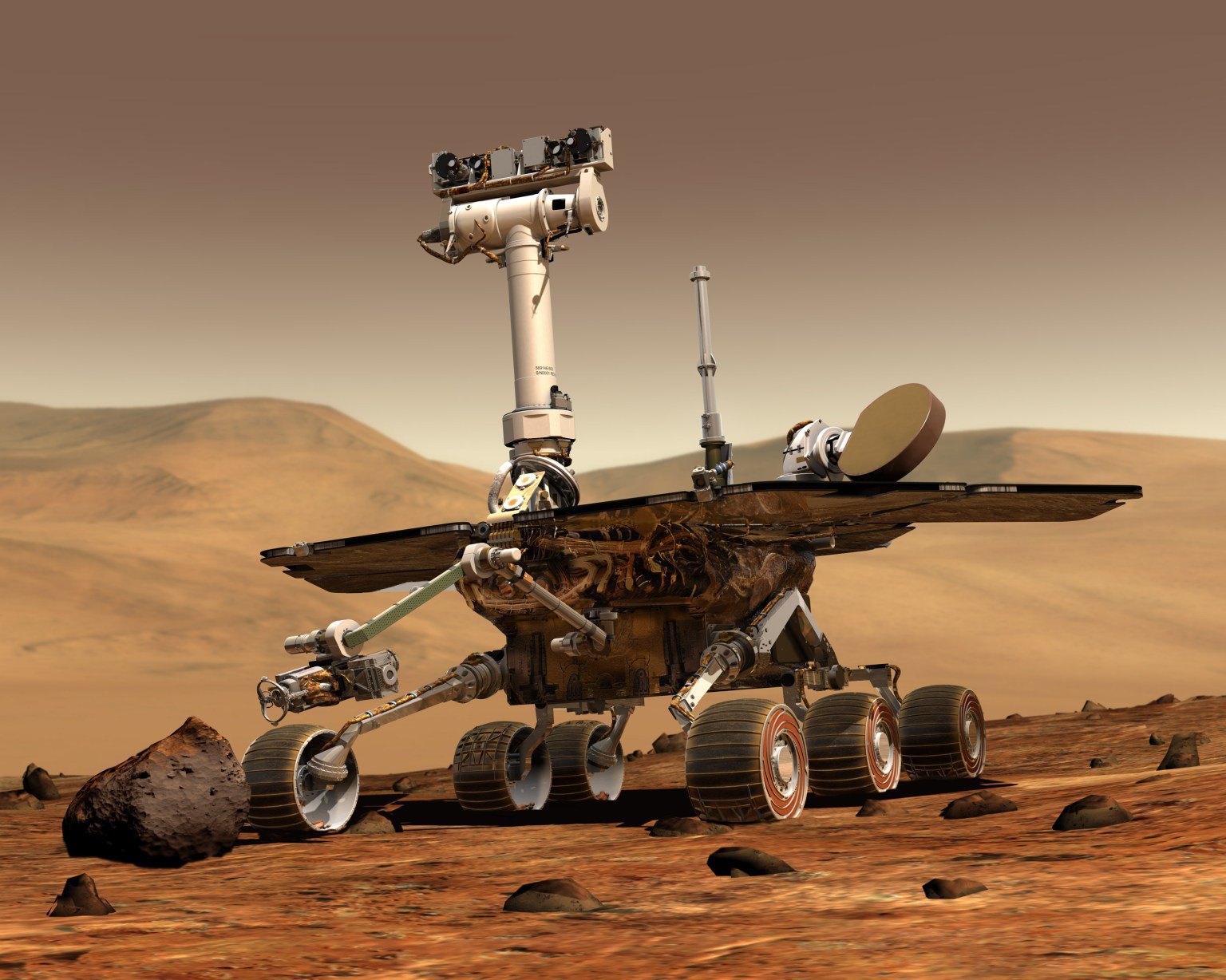
Compact Reconnaissance Imaging Spectrometer for Mars (CRISM)
Team Members: Robert Haberle, Virginia Gulick, Janice L Bishop
CRISM was 1 of 6 science experiments on the Mars Reconnaissance Orbiter, which takes measurements of both the surface and the atmosphere of Mars.
Learn More About CRISM about Compact Reconnaissance Imaging Spectrometer for Mars (CRISM)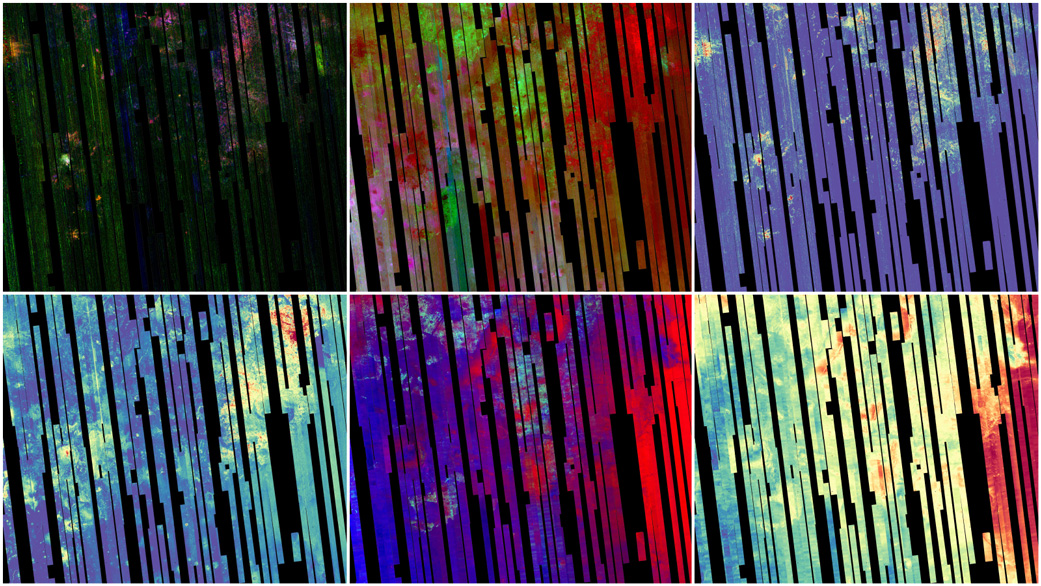
HiRISE
Team Members: Robert Haberle, Virginia Gulick, Janice L Bishop
Launched in August of 2005, the High Resolution Imaging Science Experiment (HiRISE) is flying onboard the Mars Reconnaissance Orbiter (MRO) mission. HiRISE will investigate deposits and landforms resulting from geologic and climatic processes and assist in the evaluation of candidate landing sites
Learn More About HiRISE about HiRISE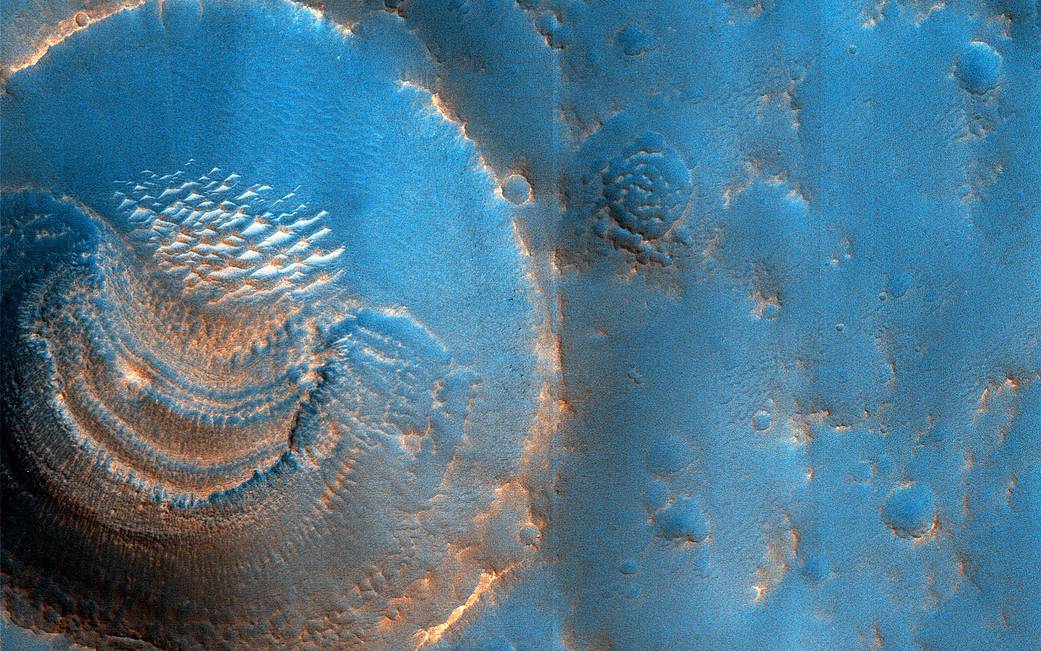
Mars Reconnaissance Orbiter (MRO)
Team Members: Robert Haberle, Virginia Gulick, Janice L Bishop
MRO blasted off from Cape Canaveral in 2005, on a search for evidence that water persisted on the surface of Mars for long periods of time. While other Mars missions have shown that water flowed across the surface in Mars’ history, it remains a mystery whether water was ever around long enough to provide a habitat for life.
Learn More About MRO about Mars Reconnaissance Orbiter (MRO)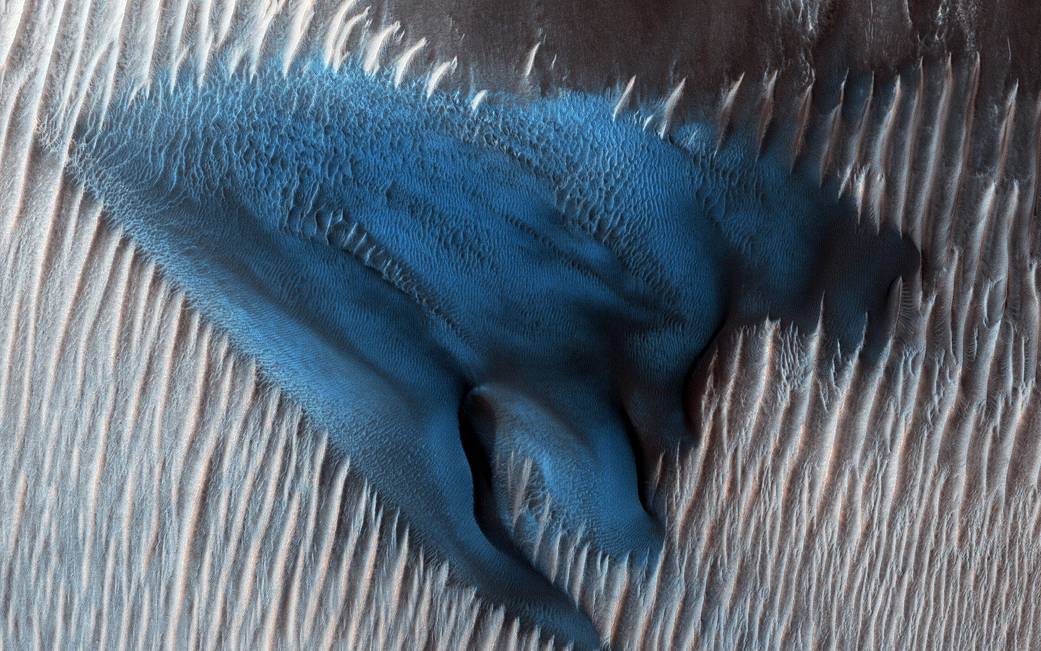
Mars Phoenix Lander
Team Members: Chris McKay, Carol Stoker, Aaron Zent
The Phoenix mission was the first chosen in NASA’s Scout program, an initiative for smaller, lower-cost, completed spacecraft. Named for the resilient mythological bird, Phoenix used a lander that was intended for use by 2001’s Mars Surveyor lander prior to its cancellation. It carried a complex suite of instruments that were improved variations of those that flew on the lost Mars Polar Lander. The Phoenix lander ended communications in November 2008.
Learn More About Mars Phoenix Lander about Mars Phoenix Lander
Mars Express
Team Member: Aaron Zent
NASA is participating in a mission of ESA (European Space Agency) and the Italian Space Agency called Mars Express, which has been exploring the atmosphere and surface of Mars from polar orbit since arriving at the Red Planet in 2003. Initially, Mars Express also carried a small lander called Beagle 2, named for the ship in which Charles Darwin set sail to explore uncharted areas of Earth in 1831. The lander was lost on arrival in December 2003.
Learn More About the Mars Express about Mars Express
Outer Solar Systems Missions
Members of our Division are co-investigators on a number of missions such as the following:
New Horizons Pluto-Kuiper Belt Mission
Team Members: Jeff Moore, Dale Cruikshank
Jeff Moore was appointed the Imaging Node Leader for NASA’s
New Horizons Pluto-Kuiper Belt Mission. We have other outer Solar System scientists who are participating in that mission, including Dale Cruikshank.
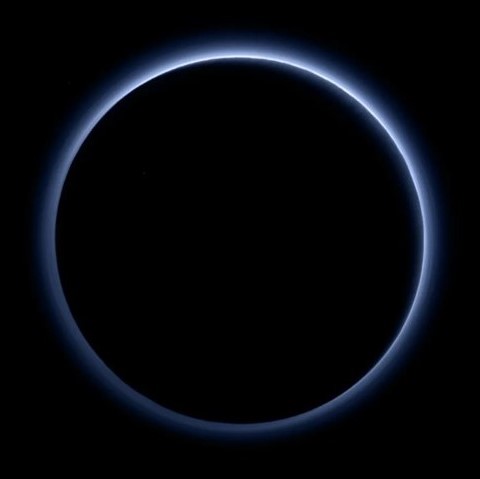
Cassini Mission (VIMS Team)
Team Member: Dale Cruikshank
Dale Cruikshank is a participating scientist on the Cassini Mission (VIMS team). and he was also part of the Galileo Mission as well. Dale is also a Co-Investigator on a selected Mars Scout Mission.
Learn More About the Cassini Mission about Cassini Mission (VIMS Team)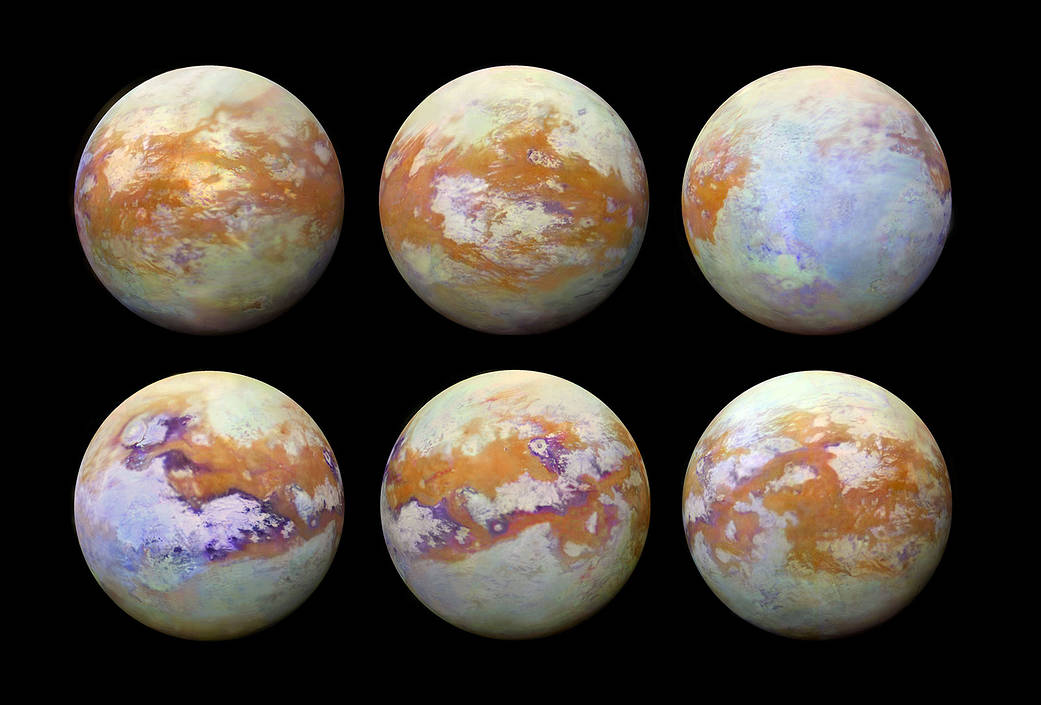
Galileo Mission
Team Member: Dale Cruikshank
Dale Cruikshank was apart of the Galileo Mission as well. Dale is also a Co-Investigator on a selected Mars Scout Mission.
Learn More About the Galileo Mission about Galileo Mission
Stardust Mission
Team Member: Scott Sandford
Dr. Scott Sandford was a Co-Investigator on the Stardust Mission which brought back dust from Comet Wild2. See the photos that Dr. Sandford took while they were finding the sample return capsule from the Stardust Mission, transporting it back to JSC, and opening it up in the cleanroom.
Learn More About the Stardust Mission about Stardust Mission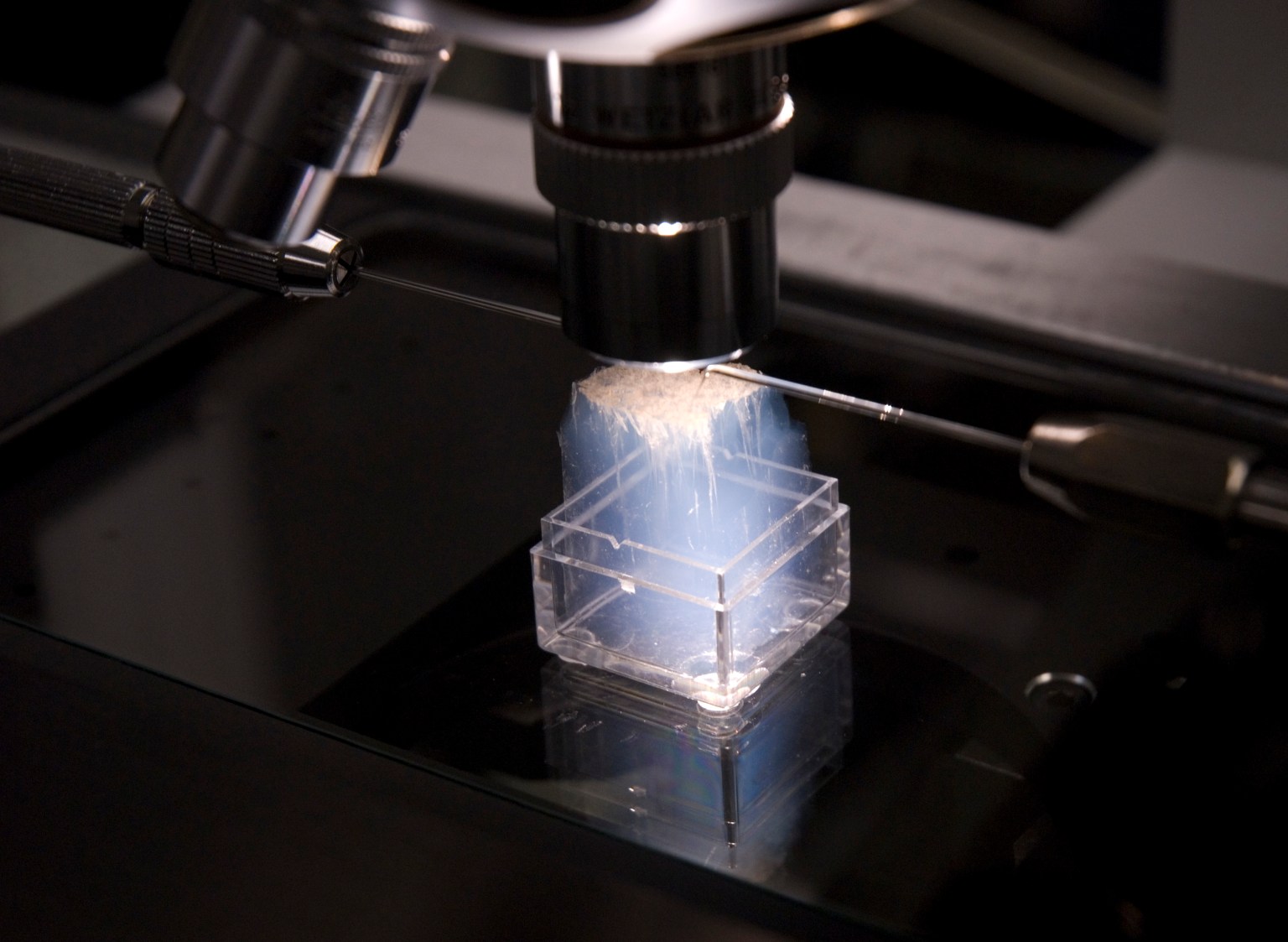
Astronomy Missions
Human space exploration helps to address fundamental questions about our place in the Universe and the history of our solar system.
Researchers in the NASA Ames Space Science and Astrobiology Division are using space-based telescopes such as Hubble and Spitzer. Division scientists have been leads or co-investigators on dozens of observing programs and have had more successful Spitzer proposals than any other group. In cycle two we had an unprecedented 75% win rate!
Among our scientists using Hubble are Jeff Cuzzi and Jack Lissauer. Dr. Lissauer is now perhaps best known for his recent paper with former SSA division post-doctoral fellow Eugenio Rivera (now at UC Santa Cruz) on the discovery of the most Earth-like planet outside of our Solar System.
Speaking of planet-finding, the Kepler spacecraft collected data to search for Earth-size and smaller planets around other stars. The Kepler Project Office, Science Office, and Science Operations Center are located at NASA Ames with many Ames scientists worked hard to search for habitable planets! Jack Lissauer has published several papers, including a Nature article reporting on a multiple-planet system around a Sun-like star named Kepler-11.
